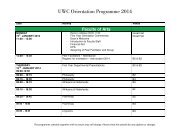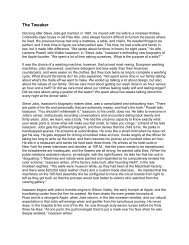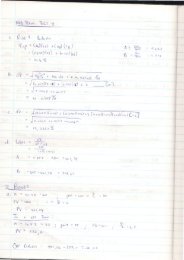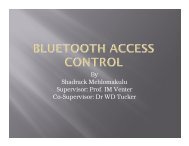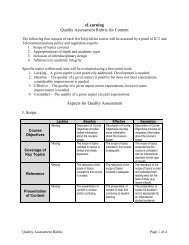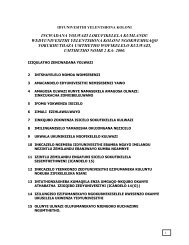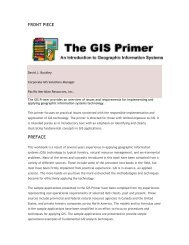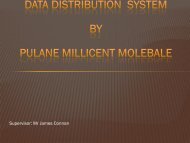Ecosystem Guidelines for Environmental Assessment
Ecosystem Guidelines for Environmental Assessment
Ecosystem Guidelines for Environmental Assessment
Create successful ePaper yourself
Turn your PDF publications into a flip-book with our unique Google optimized e-Paper software.
JAN VLOK<br />
MAINLAND THICKET<br />
Avoid disturbing transitional areas between thicket and non-thicket vegetation types.<br />
What broad spatial guidelines can be given with respect to<br />
the best approach to development and disturbance<br />
Prevent further fragmentation of thicket and where possible reconnect thicket. Trans<strong>for</strong>mation of<br />
thicket habitat should never sever patches or connecting corridors. Corridor areas must be restored<br />
to reconnect Mainland Thicket types. Ensure dedicated rehabilitation of corridor areas through disturbed<br />
habitat.<br />
Boundaries between thicket and non-thicket biomes must be maintained.<br />
Grazing must be carefully monitored and co-ordinated with fire management, alien clearing and other<br />
types of land-use planning and management. This is critically important <strong>for</strong> effective thicket conservation.<br />
Any area where thicket does or used to occur needs a fire management plan. Alien clearing should<br />
also be prioritised. Properties in thicket areas must have uni<strong>for</strong>m fire management guidelines.<br />
Conservancies and other land management initiatives must be organised to incorporate the natural<br />
fire zone, or broader ecosystem or habitat unit <strong>for</strong> that particular region.<br />
No surface or ground water abstraction should be allowed if it may impact on thicket vegetation.<br />
Groundwater abstraction must also be monitored <strong>for</strong> impacts on biodiversity and ecosystem function.<br />
MAINLAND THICKET ECOSYSTEMS : 65



